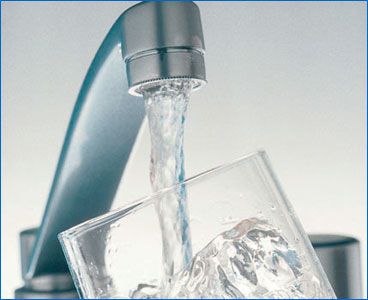Article
‘Migraine Head Box' Chills Pain
Author(s):
Emergency department treatment for severe headache usually means a prescription for painkillers. But a Minnesota doctor has come up with a non-prescription, low-tech way of treating severe headache pain-immersing the back of the patient's head in a basin of gradually cooling water.

Emergency department treatment for severe headache usually means a prescription for painkillers.
But a Minnesota doctor has come up with a non-prescription, low-tech way of treating severe headache pain—immersing the back of the patient’s head in a basin of gradually cooling water.
James Miner, MD, told colleagues at the annual Society for Academic Emergency Medicine meeting In Dallas, TX, recently that the technique appeared to work for the majority of a group of 18 patients who came to the Hennepin County Medical Center in Minneapolis, MN, with severe headaches including migraines.Miner is the emergency department’s research director.
If successful, he said, the technique could be one way to throw cold water on drug-seeking behavior in the ED, as national concern about opioid abuse mounts and ED doctors search for alternatives to pharmaceutical pain remedies.
Miner calls the basin he designed the “migraine head box.” It is a porcelain sink similar to those used in hair salons.
In an observational, proof-of-concept approach, he treated 18 adults who came to his emergency department with a severe headache. That included patients with migraines, bad headaches that did not meet full diagnostic criteria as a migraine, and tension headaches.
Patients reclined so that the backs of their heads were in tepid water up to their ears, then waited 60 minutes as the water was gradually cooled by an ice pack at the bottom of the sink.
In an interview with Clinical Neurology News published online Sept. 9, Miner said he measured baseline self-reported pain on a scale of 1 to 100.
At the beginning of the process, the average score was 78. After 30 minutes in the box, the average score dropped by 19.5, and at 60 minutes it dropped by another 2 points. But 7 patients said the immersion treatment did not work, and were given medications.
At 72 hours, a third of patients said in follow-up phone calls that their headaches had later returned, a result Miner said he found surprising.
The migraine head box is no “ice bucket challenge”—the social media fund-raising stunt that promotes dumping ice water on people as a way to get them to donate to charity. In fact, Miner said, ice-water is a trigger for migraines.
A major difficulty in treating headaches, and in deciding whether they are real or feigned, is that doctors do not know exactly what causes them, Miner said. He plans future studies to fine-tune the approach, including looking at what water temperatures are most effective.





